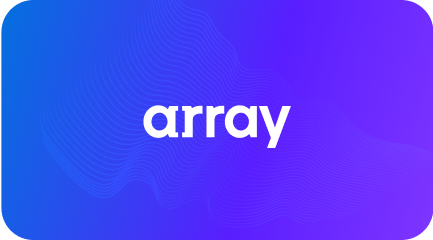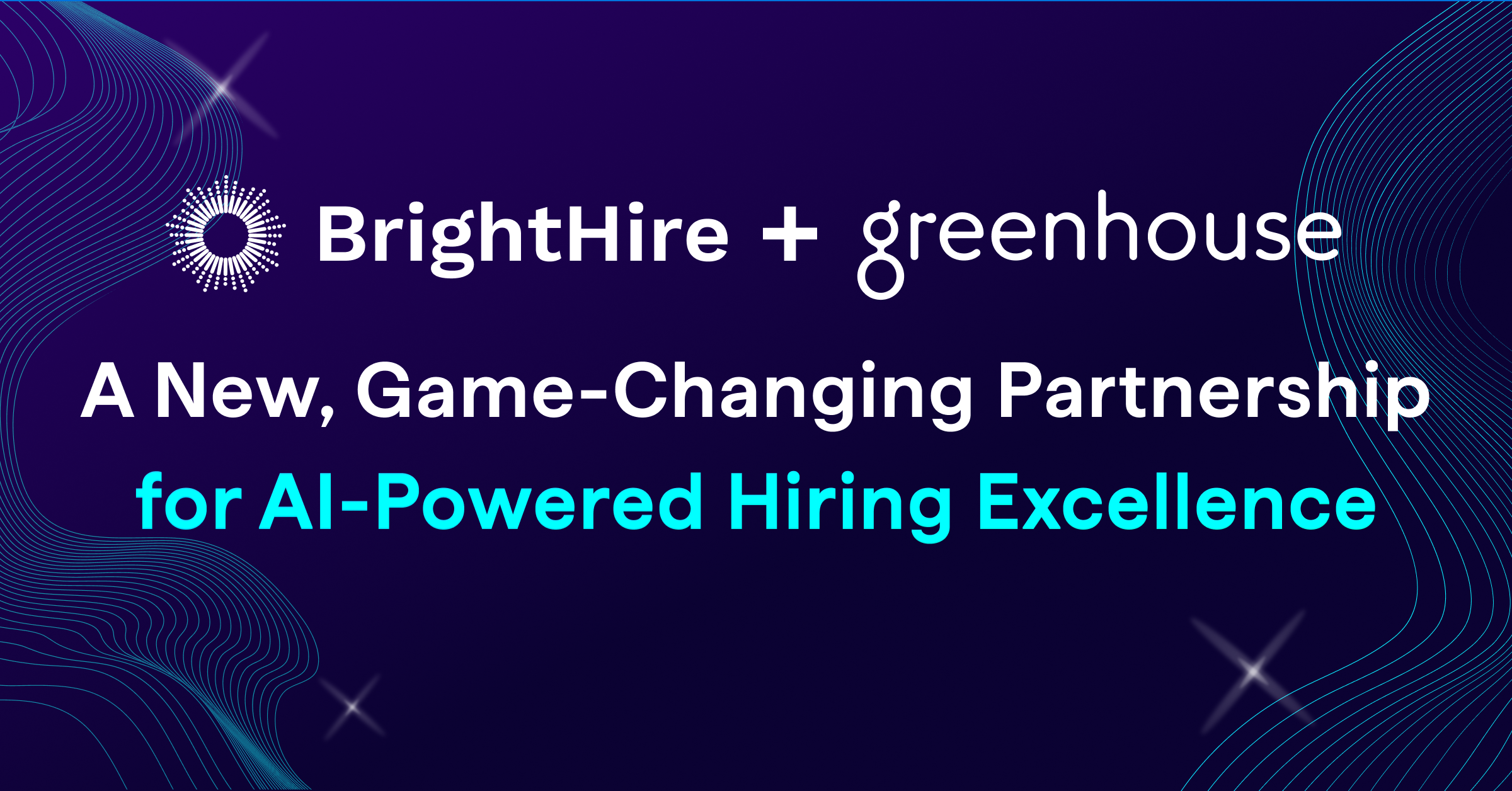Everyone is subject to biases that impact how we perceive others and make decisions, and the hiring process is no exception. When an interviewer experiences bias – during the interview or in retrospect – it can negatively influence their decisions about candidates.
Bias is a problem for people on both sides of the table. Candidates may be subject to assessments that aren’t as fair, and hiring teams may lose out on great candidates.
While it’s possible to take note of certain biases and work against them consciously, many biases occur subconsciously. We might not realize it (or even deny it), but these unconscious biases undermine our rational judgment.
The good news? Just because bias exists doesn’t mean you can’t make fair, effective hiring decisions. But to do so, you need to acknowledge it exists and confront it proactively. While it’s impossible to eliminate bias from the interview process altogether, technology, training, and intentional practices can minimize its impact and help you conduct an equitable process to find the right candidate.
Here are a few tips to start removing bias from your hiring process:
4 Ways to Combat Interviewer Bias
1. Help interviewers become more self-aware.
The first step in reducing bias is acknowledging that it exists. Not just in the abstract, but also in your workplace and each individual. Before conducting a hiring process, meet with your team to discuss what bias is, what it feels like, and how you will work to prevent it. Remind your teammates that bias is a normal part of the human experience. However, it doesn’t need to be part of the hiring process, and everyone on your team should commit to recognizing and reducing it wherever possible.
Training sessions can be a helpful way to set the stage for hiring teams and teach fundamental skills that will improve their interviews. For example:
- Diversity training can provide a safe space to learn, ask questions, and understand other perspectives before interviewing people from different backgrounds and experiences.
- Interview training aligns all of your hiring team members, so they can conduct effective, insightful interviews that provide great experiences for candidates. (Hint: check out our guide to building a great interview training program for more details!)
2. Take a look at your job descriptions.
Unconscious bias can creep into every part of your application process, including job postings. For example, gendered language in position titles and job descriptions can make your selection process seem less objective.
According to Glassdoor, certain titles that seem male-oriented can dissuade women from applying for positions. Avoid this by using neutral, descriptive titles like “engineer,” “developer,” or “project manager” and eliminating buzzwords like “hacker,” “rockstar,” and “ninja.”
3. Blind resumes and cover letters.
Studies have found that reading a candidate’s name on their resume can be enough to bias the decision-making process when screening for interviews. Other non-essential information, like a candidate’s address, where they went to college, or what they do in their free time can also create biases. For example, a resume that notes a love of sailing or horseback riding might lead a reader to make assumptions about the candidate’s social class.
A good rule of thumb: if the information is not directly applicable to the candidate’s qualifications for a job, “blind” the resume by removing the information before reviewing it. This allows you and your team to assess each candidate based solely on their qualifications without getting lost in unnecessary details that might cloud your judgment.
4. Use technology to be more objective.
The technology you use during the hiring process, like an applicant tracking system (ATS), can bring you more opportunities to reduce bias. For example, an ATS allows you to filter out candidates’ personal information, keep detailed records of candidate interactions, and aggregate data from interviews through easy-to-use scorecards.
Talent teams also rely on interview intelligence platforms like BrightHire to reduce bias. This software works seamlessly with virtual interview platforms like Google Meet and Zoom, allowing you to automatically record and transcribe conversations, share notes and highlights with colleagues, and add your assessment scores directly to your ATS. With interview intelligence, teams can get input on one interview from several perspectives, reducing the risk of bias from a single interviewer. You can also review recordings and transcripts, eliminating the chance of biases based on subjective memories.
Uncover More Ways to Reduce Interviewer Bias
Want to learn more about reducing bias in your hiring process? Check out our Interview Bias Tool Kit. With the kit, you can learn how to:
- Construct a strong candidate success profile
- Build a comprehensive interview guide
- Lead a productive debrief
Download the Interview Bias Tool Kit today!









